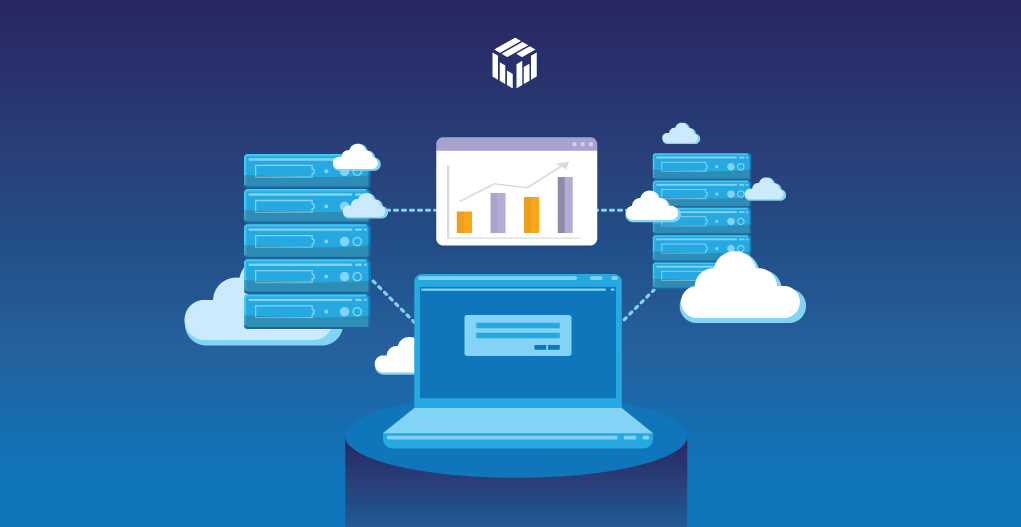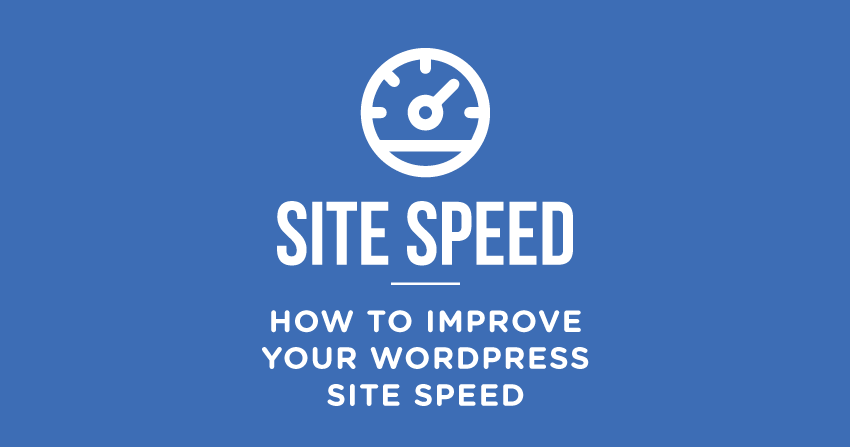Are some of the pages on your website loading slowly? Take these easy steps in order to improve the slow loading pages of any website your currently own.
When we’re on our phones, we want quick, easy access to the information we’re looking for. After all, it’s 2020! Fast load times are the standard now.
Unfortunately, a one-second delay in mobile load times can impact conversions by 20%.
Slow loading pages on your website could cost you customers. They could also impact your search engine optimization (SEO), making it harder for you to reach new people. Meanwhile, your pay-per-click (PPC) ads will drop as well, causing you to waste money.
By loading how to improve slow loading web pages, you can improve the user experience (UX). Then, people will stay on your pages, explore, and convert. With every conversion, you have the chance to turn those visitors into sales!
Ready to speed things up? Get started with these easy steps to enhance speed on your site!
Minimize Requests
Before you start using these tips to enhance speed on your site, head over to Google PageSpeed Insights. There, you can perform a test to determine what’s slowing your site down.
Google will provide you with a list of possible problems that can cause slow loading web pages. For example, you might have too many components on a single page. There’s an HTTP request for each of these elements.
The more elements on your page, the longer it will take to load.
In order to improve your site speed, start by determining how many HTTP requests your site currently makes. Then, use it as a benchmark.
You can use Google Chrome’s Developer Tools to see how many HTTP requests your site makes. Cutting back this number will help speed up your site. Check for any unnecessary files you can cleanout.
Shrink and Combine Files
After you start cleaning away files, it’s time to get organized. Take a look at your HTML, CCSS, and JavaScript files. These files all impact your website’s appearance.
They’re also responsible for how many requests your site makes when a user visits.
Reduce the number of files by combining what you can. This will reduce the size and total of files.
You can minify a file as well. That involves removing the formating, white space, and code you don’t need. There are plugins available like WP Rocket that can simplify the process.
Keep your files lean and clean for a faster site.
Reduce Redirects
Redirects occur when you move and delete pages. While sometimes necessary, this can also cause broken links. Broken links lead to more HTTP requests, which can cause slow loading pages.
Try to eliminate as many redirects as possible. You can use tools like Screaming Frog to identify the redirects on your site. Then, find redirect changes and edit the .htaccess file to point redirects to the most recent version of the page.
Defer JavaScript
Deferring a file prevents it from loading after other page elements have loaded. When you defer large files like JavaScript, the rest of the content can load without delays.
If you want to improve speed on your site, trying using a plugin to defer JavaScript loading. For those of you using HTML, you can place a call to an external JavaScript file before the body tag.
Reduce Time to First Byte
How much time does it take for your web pages to start loading?
The time to first byte, or TTFB, refers to how long a browser waits before getting the first byte of data from the server. Google recommends a TTFB of less than 200 ms.
Most issues that cause slow TTFB are related to:
- Traffic
- Network issues
- Dynamic content creation
- Web server configuration
WordPress websites already have dynamic pages. In other words, they interact with a database that builds the pages with PHP before they’re delivered. You can reduce the time this process takes by enabling caching.
Cut Server Response Time
The amount of time your domain name system (DNS) lookup takes can impact speed, too. A DNS server translates a URL into an IP address. You can speed up this process by switching to a faster DNS provider.
A slow DNS can leaves browsers searching for your site longer. You might also want to switch to the best web browser for your device while you’re at it.
Switch Your Host
Make sure to choose the right hosting option for your website, too. You can choose between shared hosting, VPS hosting, and a dedicated server.
While shared hosting is the cheapest, a dedicated server gives you more space to work with. However, a dedicated server means more configuration and technical set up work.
Essential SEO Browser Extensions & Plugins
As you’re making these changes to enhance speed across your site, take a look at your plugins.
There are a number of essential SEO browser extensions and plugins you can add to your site to improve load times, including:
- WP Rocket
- Perfmatters
- WP Fastest Cache
- Cache Enabler
- WP Super Cache
- W3 Total Cache
- WP Super Minify
- WP Smush.it
- Ghost Browser
- Chrome Developer Tools
- SEO Quake
- Tag Assistant
- Show Title Tag
- Ghost Proxy Control
- Yoast SEO
These tools can help you develop new ways to improve your website load times, which can improve your SEO.
Keep It Compressed
Enabling compression is one of the easiest ways to reduce slow loading pages on your site. Many developers compress websites with Gzip. The process locates strings of similar code and replaces them to shrink file sizes.
This process is great for CSS and HTML files that have a lot of white space and repeated code.
47% of consumers expect a webpage to load in two seconds or less. If you’re not making these changes to speed up your website, there’s a chance you’re losing visitors. Remember, those visitors are a chance to gain new business.
Enable Caching
Each time you visit a website, the page elements are stored on your hard drive in temporary storage called a cache. The next time you visit the site, your browser loads the page faster because it’s already familiar with those elements.
Many people visit your site with an empty cache. Ensuring your site loads quickly for these first-time visitors will improve future visits.
You can increase your website speed in WordPress by using a plugin called W3 Total Cache.
Reduce Image Sizes
Images play a big part in how your pages load, too. While you can’t remove them, you can shrink them down to improve load times. Try compressing your images and cropping them.
You can use a plugin like WP Smush to start.
Speed It Up: Stop Slow Loading Pages From Ruining Site Performance
Ready to speed up your site? Stop slow loading pages in their tracks with these tips! Then, you can improve the user experience and boost website conversions with ease.
Eager to get your marketing on track? Explore the Web & Graphic section of the blog today.



